content row
Policy on Mandatory Participation in Retirement Plans
As a condition of employment at the University, all eligible employees in at least a 50% time capacity are required to join the Retirement Systems of Alabama (RSA). This program provides specific benefits for eligible members in accordance with the plan or option the member designates at the time of application for retirement. All contributions to the retirement system are tax deferred for federal income tax purposes until retirement or withdrawal from the plan.
Teachers' Retirement System of Alabama
All non-student employees, who are employed for a year in at least a 50% work capacity on a continuing basis must participate in the Teachers' Retirement System (TRS). Those employees appointed on a temporary basis for no longer than one year may be exempt for that period.
Tier 1 vs. Tier 2
Participants in the TRS and ERS are classified as either Tier 1 or Tier 2 members.
-
Tier 1 participants are employees who become members prior to Jan. 1, 2013.
-
They have a payroll deduction equaling 7.5% of earnable compensation.
-
They are eligible for retirement benefits at age 60 with at least 10 years of service. (With 25 years of service, they can retire at any age and apply for full retirement benefits from RSA.)
-
A retirement factor of 2.0125% for each year of service is applied to the average of the three highest years of earnable compensation during the last 10 years of employment. For example, 20 years of service would generate a pension equal to 40.25% of the highest average pay.
-
Tier 2 participants are employees who become members on or after Jan. 1, 2013.
-
They have a payroll deduction equaling 6.2% of earnable compensation.
-
They are eligible for retirement benefits at age 62 with at least 10 years of service.*
-
A retirement factor of 1.65% for each year of service is applied to the average of the five highest years of earnable compensation during the last 10 years of employment. There is also a maximum benefit of 80% of the highest average. For example, 20 years of service under this formula would generate a pension equal to 33% of the highest average pay.
* There is now an early retirement option for Tier 2 members after accumulating 30 years of service credit with a 2% reduction for each year from age 62.
Earnable Compensation
Earnable compensation is the basis for determining both your contribution and your benefit at retirement. RSA separates earnable compensation into base pay and overtime pay.
-
With the help of RSA, Auburn University has determined that base pay includes regular pay, lead pay, shift differential, additional compensation (also known as "Z" jobs), out-of-class pay, overload, professorships and any salary supplemental.
-
Overtime pay includes overtime, additional compensation not related to the current position, and contracted bonuses.
-
Awards, scholarly incentive pay, and bonuses that are not contracted are not included in earnable income.
-
Earnable compensation is accumulated for the entire retirement plan year (July 1 to June 30). All regular pay is included as earnable compensation, but overtime pay is limited.
-
For Tier 1 members, only overtime pay which does not exceed 20% of base pay is included.
-
For Tier 2 members, only overtime pay which does not exceed 25% of base pay is included.
-
-
For the current plan year, earnable compensation is limited by federal regulations to $345,000. This dollar limit changes each year with cost-of-living adjustments issued by the IRS in October.
Other Items
A deduction is made from all employees' wages, except Civil Service employees, for Social Security. The noted Civil Service personnel are only eligible for Medicare and have a prorated deduction from wages to cover the Medicare portion.
A retired worker receives monthly Social Security retirement payments based on the worker's Social Security earnings record. In addition, a spouse and/or eligible children can receive benefits of one-half of the retired worker's benefits. The law allows for retirement as early as age 62.
The Federal Social Security System makes available a broad program of health insurance for people age 65 and older. (In certain circumstances this insurance is extended to individuals under age 65.) The program popularly known as "Medicare" provides two kinds of health insurance:
-
Hospital Insurance (Medicare Part A) provides a basic coverage designed to help pay hospital bills. It covers hospitalization, post-hospital extended care, post-hospital home health care, outpatient hospital diagnostic services, drugs, and health supplies, and most other items ordinarily furnished by a hospital or an extended care facility.
-
Supplemental Medical Insurance (Medicare Part B) is a voluntary plan designed to help pay for doctors' services and for a number of other medical items and services not covered under the hospital insurance program. These items and services include physicians' and surgeons' services, home health visits, and other medical and health services, such as diagnostic tests, x-ray or radium treatments, surgical dressings, splints, casts, certain ambulance services, and rental of medical equipment. Special enrollment in this plan is necessary and should be completed three months before reaching age 65.
Additional Links and Resources
Videos
"Overview: Teachers' Retirement System and the RSA-1 Deferred Compensation Plan"
Presented by Kit Gallup, Retirement Systems of Alabama
"How the Auburn University Retirement Plans Work"
Presented by Lee Busby, Johnson+Sterling
"PEEHIP Insurance for Auburn University Retirees"
Presented by Kit Gallup, Retirement Systems of Alabama




